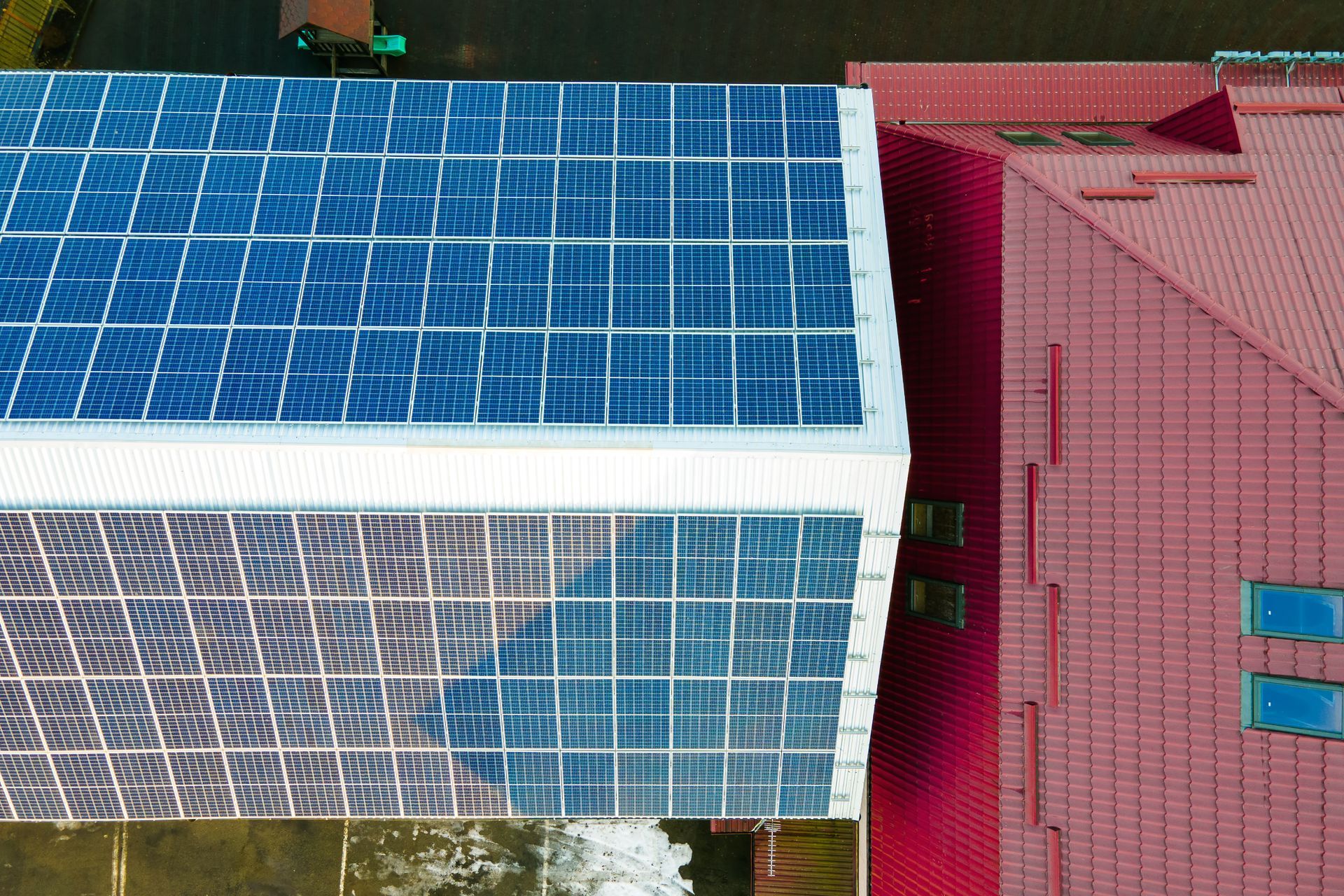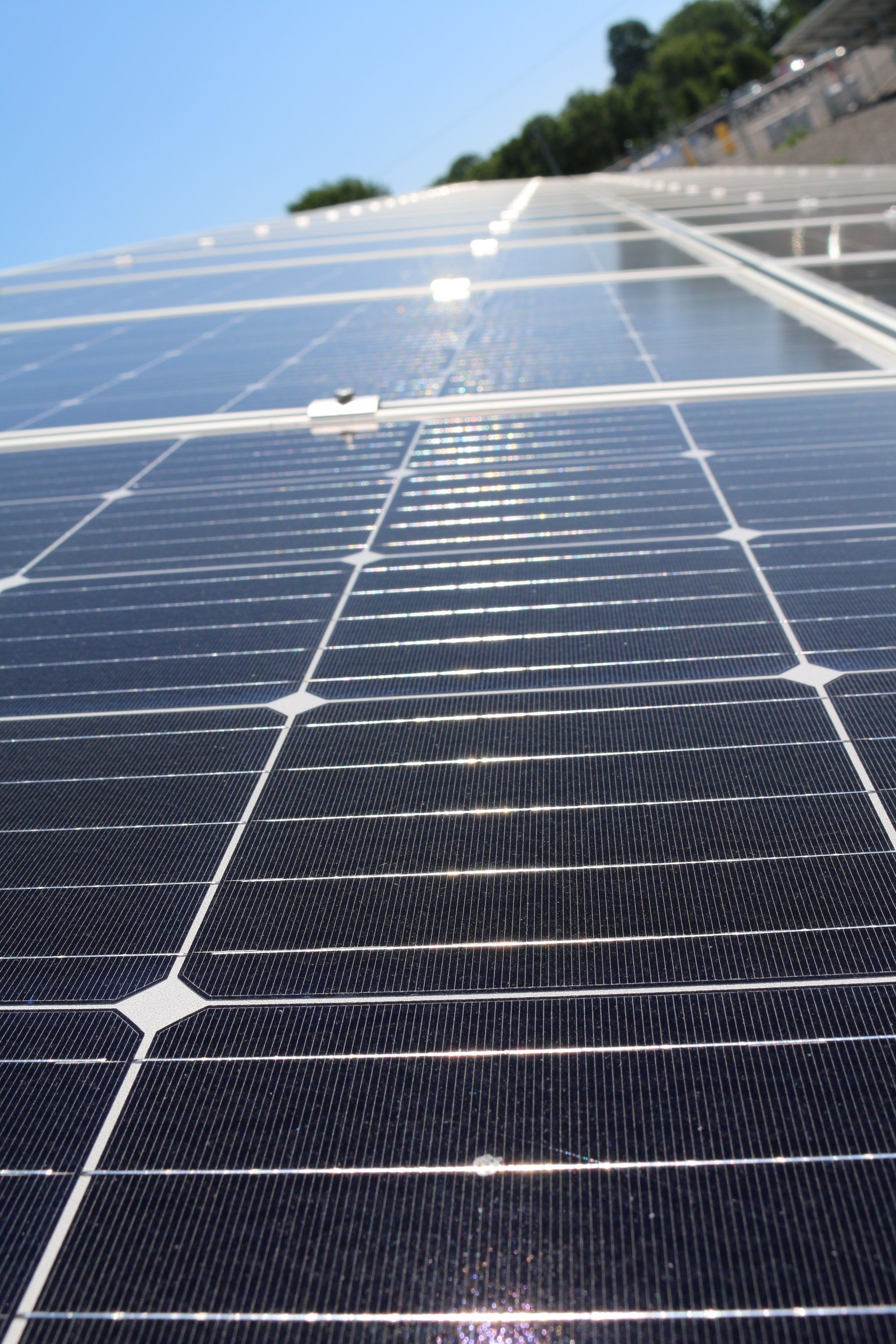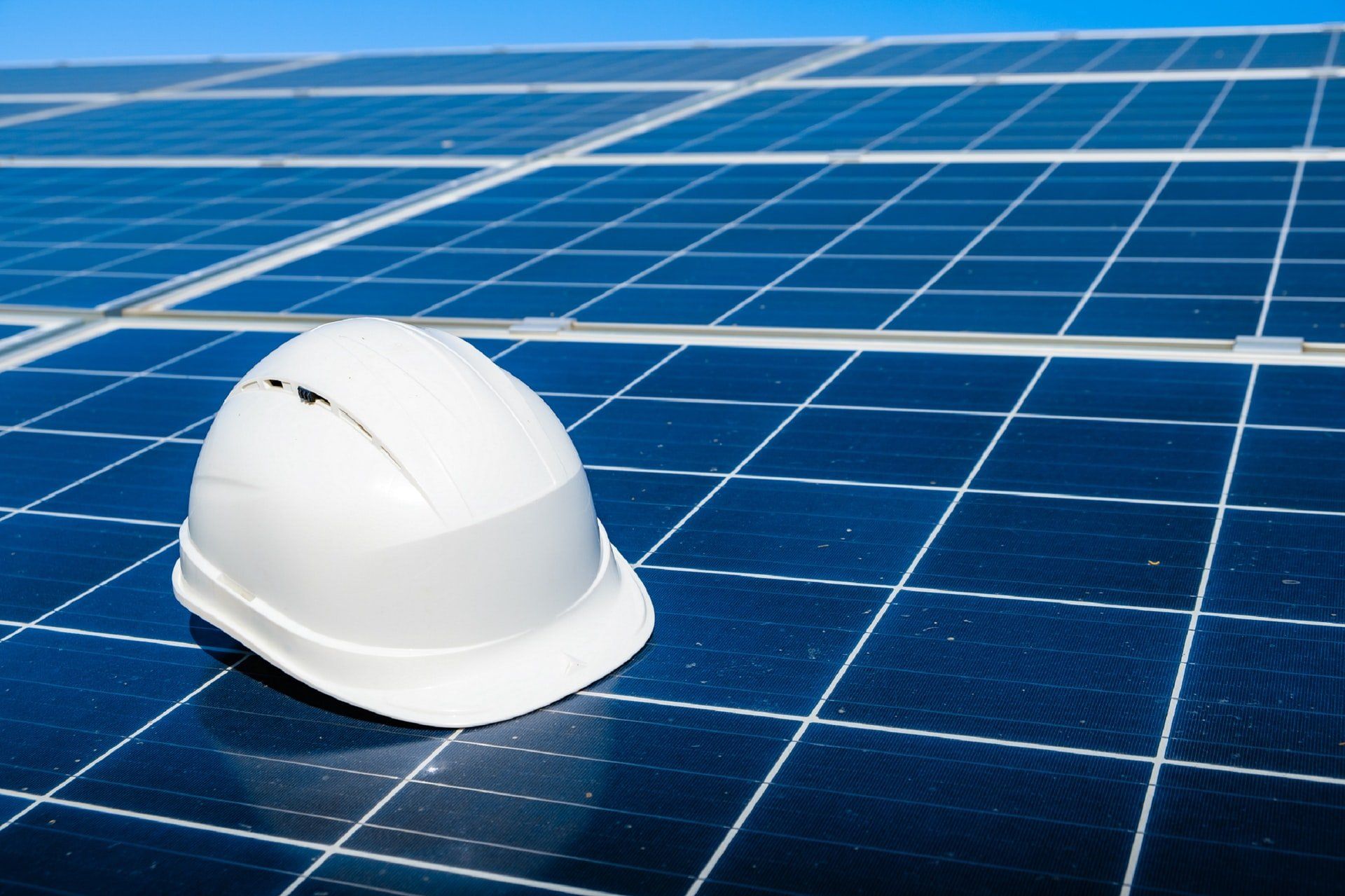Net Metering: Putting Energy Away for a Rainy Day
During peak energy production times, customers with solar power often generate more electricity than they are using. Net Metering is one of the ways to take advantage of this surplus of energy. Put quite simply, net metering (also known as aggregate metering) is an arrangement that is made with your local utility company where any excess power that your system creates is actually transferred back to the grid. Your system has essentially become a mini power plant that is supplying energy to the utility company. This is beneficial to all parties involved, and here is why.
The Grid Becomes Your Battery
Setting up net metering with your utility company is like putting your extra money into a savings account. And just like the bank uses the money you deposit while it is in their possession, the energy company uses the excess energy that you have put back into the grid. Later on, when your system is producing less power than you need and you need to “withdraw” power from the grid, you will still get back whatever energy you put in - in the form of credits. That means that during peak production times, you are literally putting energy away for a rainy day!
You Can Receive Money Back
In Maryland, at the end of the credit year, any excess credits that are not “withdrawn” by you in the form of energy are paid out. In essence, the utility company has just purchased energy from you. The more solar energy systems that do this, the less energy that has to be produced by other means. This benefits the utility company, it benefits you, it can benefit other local customers by reducing costs, and it is also beneficial for the environment. Setting up your solar energy system with a net metering agreement is a win-win option!











